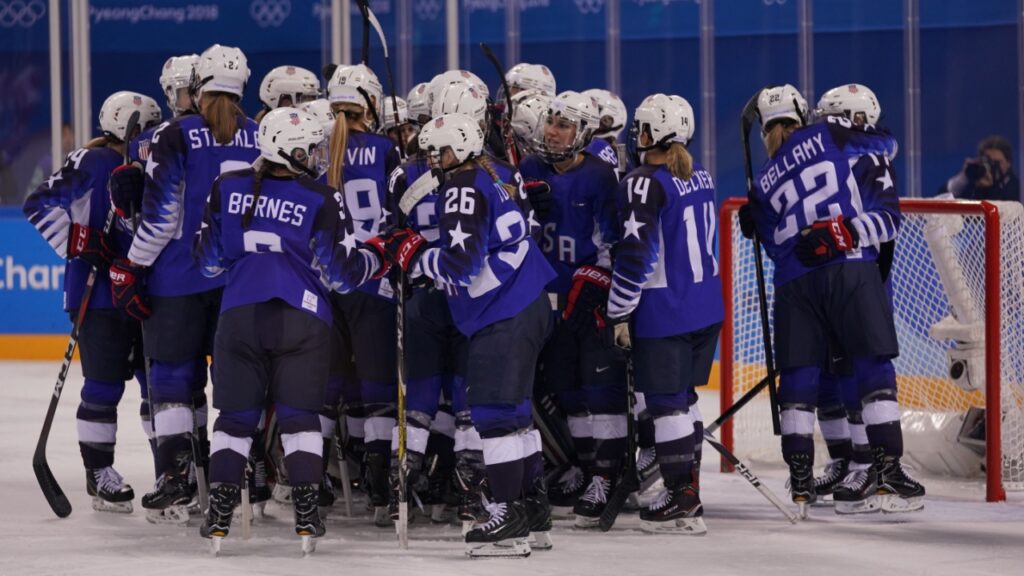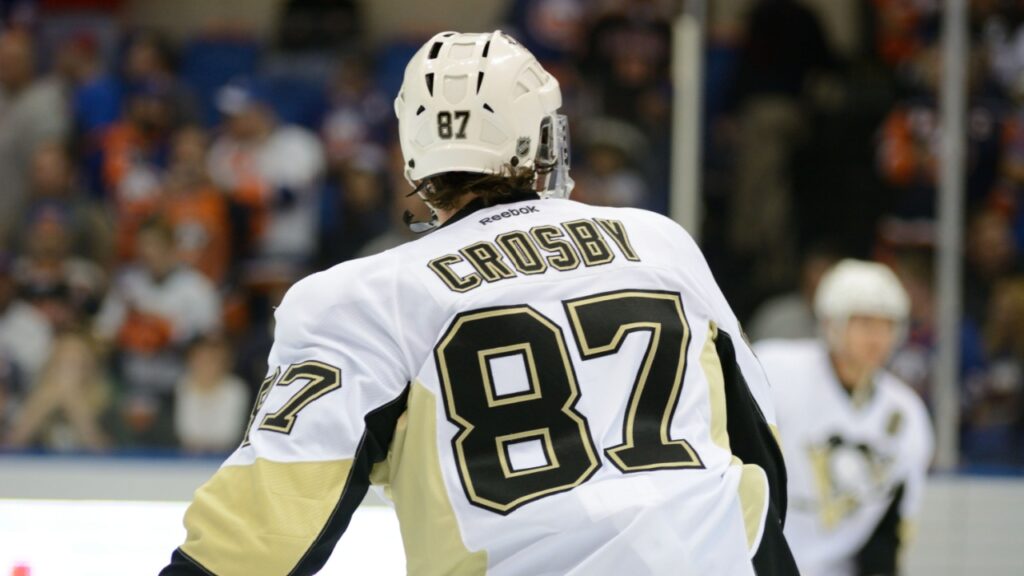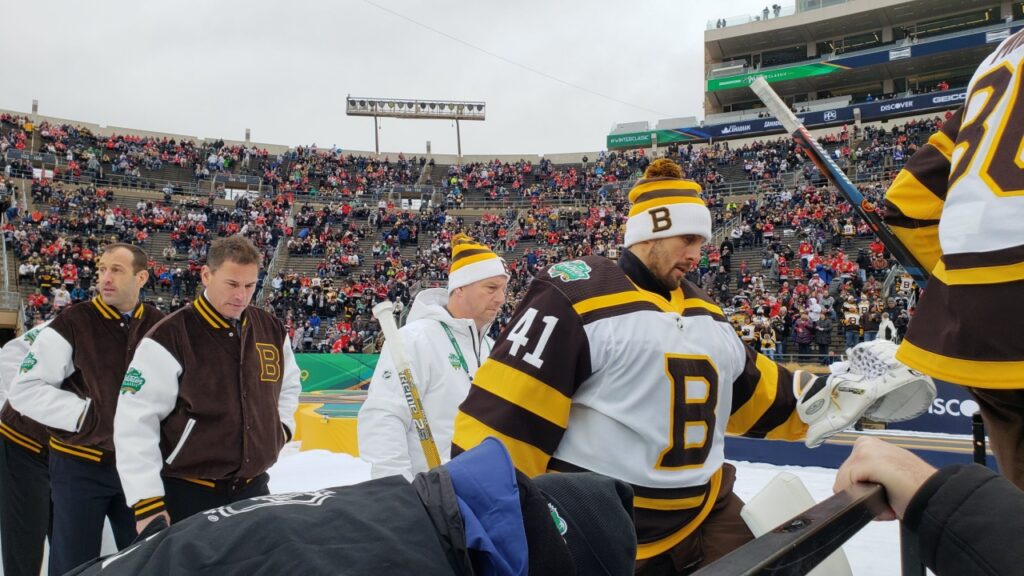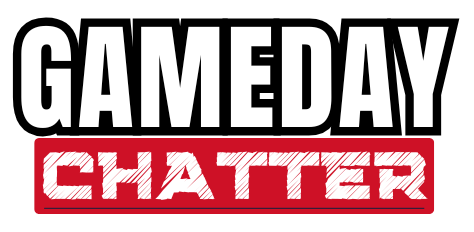
There is something magical about hockey played outdoors. The cold air, the open sky, and the sound of skates cutting into real ice under natural light bring the game back to its roots. For fans and players, it is a chance to feel the spirit of hockey in its purest form. That is exactly what the NHL Winter Classic does.
Since its debut, the Winter Classic has grown from a bold idea into a beloved New Year’s tradition that millions of people look forward to. In this article, we will explore how this event came to be, how it evolved over time, why fans love it so much, and what the future might hold.

The Origins: From Gimmick to Tradition
The idea of playing hockey outdoors in a major stadium was not completely new when the Winter Classic began, but it was still a daring move. College games and early outdoor matchups had already shown how powerful the spectacle could be. Then came the 2008 NHL Winter Classic, and it changed everything.
Before the Winter Classic became a yearly tradition, outdoor hockey had already proven it could capture fans’ hearts. The 2003 Heritage Classic in Edmonton was the first outdoor regular-season game in NHL history, drawing more than fifty-seven thousand fans. It showed that people loved the unique atmosphere of hockey played under the open sky.
League leaders saw an opportunity. They believed that holding an outdoor game on New Year’s Day could become something special. It was a time when families gathered, people were home from work, and there were few competing sports events. It was the perfect moment for something fresh and exciting.
On January 1, 2008, that idea came to life. The Pittsburgh Penguins faced the Buffalo Sabres at Ralph Wilson Stadium in Orchard Park, New York. The Penguins won the game 2 to 1 in a shootout on a goal by Sidney Crosby. The event drew about seventy-one thousand two hundred seventeen fans, a massive number for any hockey game.
What made that first Winter Classic so special was not only the size of the crowd but the feeling of nostalgia. Snowflakes fell as players skated on the outdoor rink, and fans bundled up in the stands to watch a game that felt like the kind of hockey people once played on frozen ponds. It was both new and deeply familiar at the same time.
Several factors helped the Winter Classic take off quickly. The timing was perfect since New Year’s Day gave the game a holiday spotlight. The choice of large stadiums made it feel bigger than a normal game. The outdoor setting created a nostalgic connection to the sport’s roots, and the unique nature of the event drew in both casual and lifelong hockey fans. Together, these elements turned the Winter Classic from a creative idea into a meaningful tradition.

Evolution and Growth: Building the Tradition
After the success of the 2008 game, the NHL saw the potential to make the Winter Classic a yearly event. Over time, it evolved into something even grander, with new venues, record-breaking crowds, and special fan experiences that gave it a signature identity.
One of the biggest moments came in 2014 when the Toronto Maple Leafs played the Detroit Red Wings at Michigan Stadium in Ann Arbor, Michigan. The crowd that day reached one hundred five thousand four hundred ninety-one, setting a new attendance record for an NHL game. The sight of over one hundred thousand fans cheering in the snow showed how powerful the Winter Classic had become.
The NHL also made sure the event had a distinct style. Teams began wearing throwback or vintage-inspired uniforms that paid tribute to hockey history. The league embraced the local culture of each host city, adding unique touches that made every year feel different. The broadcasts became more cinematic, with special introductions, aerial shots of the stadium, and fan-focused storytelling that made the game feel like an experience rather than just another matchup.
Holding the event each year gave fans something to look forward to. The Winter Classic became a dependable part of the hockey calendar, a celebration that brought together tradition, community, and excitement. Even though the teams and venues changed, the formula stayed the same: an outdoor game on or near New Year’s Day, played in front of a massive crowd.
Of course, there were challenges along the way. The 2013 Winter Classic was canceled due to the NHL lockout. The 2021 edition was postponed because of the COVID-19 pandemic and related restrictions. In some years, television ratings dipped compared to earlier highs. The 2024 game had the lowest viewership numbers for a Winter Classic, with about one point one million people watching in the United States. Still, despite these ups and downs, the event continued to thrive and hold a special place in the hearts of hockey fans.
Why It Is Beloved: What Makes the Winter Classic Special
What makes the Winter Classic more than just another regular-season game? The answer lies in its atmosphere, emotion, and sense of tradition.
Outdoor hockey has a charm that indoor arenas cannot match. The wide-open sky, the chill in the air, and the unpredictable weather all create a feeling that anything can happen. The natural setting connects fans to the history of the sport, reminding them of the days when hockey was played on frozen lakes and backyard rinks. For many, watching the Winter Classic feels like returning to the roots of the game.

The Winter Classic also offers fans more than just hockey. The events surrounding the game, such as outdoor fan festivals, live music, and tailgates, create a carnival-like environment. People travel from far and wide to attend, turning the event into a destination. It is not just about watching a game but being part of an experience.
For players and teams, the Winter Classic carries special meaning. Being chosen to play in it is considered an honor. It offers national exposure, special uniforms, and a chance to make history in front of an enormous audience. For the NHL, it serves as a celebration of both the sport’s heritage and its modern popularity.
There is also something fitting about holding the Winter Classic on New Year’s Day. The start of the year symbolizes new beginnings, and the event has become part of that holiday tradition. For hockey fans, watching the Winter Classic has become as much a part of New Year’s Day as parades or football games. It signals a fresh start for the sport and for its community of fans.
Frequently Asked Questions
What exactly is the Winter Classic?
The NHL Winter Classic is an annual outdoor regular-season game held by the National Hockey League. It usually takes place on or around New Year’s Day in a football or baseball stadium in the United States.
When was the first Winter Classic?
The first Winter Classic took place on January 1, 2008, at Ralph Wilson Stadium in Orchard Park, New York. The Pittsburgh Penguins defeated the Buffalo Sabres 2 to 1 in a shootout.
How many Winter Classics have there been?
As of December 2024, sixteen Winter Classics have been held.
Why were there years without a Winter Classic?
The 2013 Winter Classic was canceled because of the NHL lockout, and the 2021 Winter Classic was postponed due to the COVID-19 pandemic.
What is the largest crowd in Winter Classic history?
The largest attendance was one hundred five thousand four hundred ninety-one fans at Michigan Stadium in 2014 when the Toronto Maple Leafs faced the Detroit Red Wings.
Have all NHL teams played in a Winter Classic?
No. Only select teams have participated, and some have appeared multiple times while others have not yet been featured.
What makes the Winter Classic different from other outdoor NHL games?
The NHL also hosts the Heritage Classic, usually in Canada, and the Stadium Series, which takes place later in the season. The Winter Classic stands out because of its timing, traditional style, and New Year’s Day spotlight.
Conclusion
- The NHL Winter Classic started as a creative idea and has grown into one of hockey’s most cherished traditions.
- It began in 2008 as a single outdoor game.
- Over time, it has become a powerful symbol of hockey’s heritage and community spirit.
- Its success comes from a mix of atmosphere, nostalgia, and perfect timing.
- No other sporting event captures this same combination of emotion and tradition.
- Despite challenges like weather conditions, scheduling conflicts, or television changes, the Winter Classic remains strong.
- The event connects hockey’s past with its present and unites fans from all over.
- It shows that simple ideas can lead to lasting memories.
- As long as the NHL preserves its unique charm, the Winter Classic will continue to be one of the sport’s most beloved traditions for years to come.
Read More
- NHL Trades That Changed Hockey Forever
- Forgotten NHL Franchises and Their Lasting Influence
- Unforgettable Olympic Hockey Moments For Team USA
This article was made with AI assistance and human editing.


